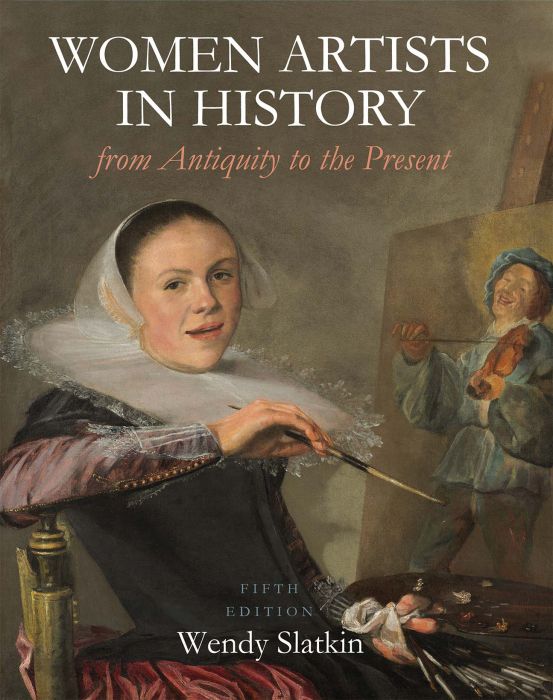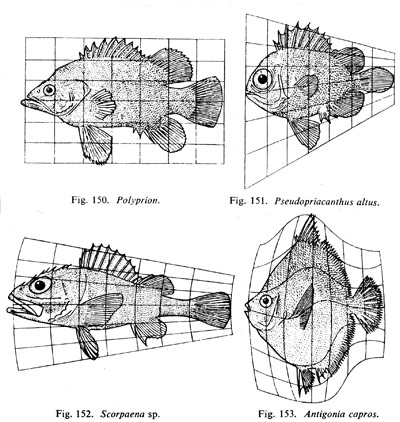


Women Artists in History: from Antiquity to the Present by Wendy Slatkin
DR. CHARISSA TERRANOVA, Professor, The University of Texas at Dallas, has revamped AHST 2331 Understanding Art, an introductory core course primarily for non-humanities students, using the textbook Women Artists in History: from Antiquity to the Present by Wendy Slatkin. Her avid and vivacious TA is Linda Anderson, a PhD student in Visual and Performing Arts. Because of its new and distinct space-time constraints, teaching remotely has given Dr. Terranova the opportunity to rethink the course through the framework of strong women across the ages, be they artists, patrons, historians, or creative writers.
The Bloomsbury book series, Biotechne: Interthinking Art, Science, and Design, coedited by Dr. Charissa Terranova and Professor Meredith Tromble, launches February 10 at the annual meeting of College Art Association, which is online this year. The series publishes books about the history, theory and practice of art and design as they comingle with the natural sciences. The series title reclaims the Greek meanings of the roots bios, conveying life, the living, or citizen-life, and techne, conveying art, skill, or craft. Biotechne thus names the folding of “art” and “science” into complex and hybrid practices that transcend a human-centered “engineering” worldview. “Interthinking,” a neologism invented by art and science visionary György Kepes, describes knowledge informed by ecological, systemic, and cybernetic connections, defining the active engagement among fields central to the Biotechne series. This engagement is the source of the cultural creativity and resourcefulness necessary to thrive in the rapidly changing world conditions of the Anthropocene. Biotechne welcomes proposals treating art and design subjects from any time period, antiquity to the present, which speak directly to these contemporary concerns. Terranova and Tromble seek inventive, cross-pollinating works about the arts and their engagement with sciences from astrobiology to zoology, wherever that engagement occurs, in art or design studios, scientific laboratories, natural habitats, the museum and gallery worlds, performance spaces, medical practices, and the political realm.

Image from D’Arcy Wentworth Thompson’s On Growth and Form
D’Arcy Wentworth Thompson’s Generative Influences in Art, Design, and Architecture: From Forces to Forms, an anthology coedited by Dr. Charissa N. Terranova and Ellen K. Levy, is set for publication release on March 11, 2021 on Bloomsbury Publishing. It is a collection of essays by artists, scientists and designers about the Scottish zoologist D’Arcy Wentworth Thompson’s 1917 book, On Growth and Form. Thompson’s book continues to evolve a century after its publication, aligning it with current developments in art and science. Practitioners, theorists, and historians from art, science, and design reflect on his ongoing influence. Overall, the anthology links evolutionary theory to form generation in both scientific and cultural domains. It offers a close look at the ways cells, organisms, and rules become generative in fields often otherwise disconnected.
Dr. Terranova convened the panel Real Time Evolution: Art, Culture, and the Lived Now of Climate Change at the annual meeting of College Art Association, which met in February online. She gave a talk about autopoiesis in contemporary art-and-biology. The three other panelists, Kirsten Strom, Ellen K. Levy, and Meredith Tromble, gave talks on wide-ranging topics, from Charles Darwin and surrealist painting to evolution within twenty-first-century art schools.
Terranova is also coeditor with Meredith Tromble of the Bloomsbury Publishing book series Biotechne: Interthinking Art, Science, and Design. For those interested in submitting a related manuscript, please see description below and send inquiries to [email protected].
Biotechne: Interthinking Art, Science and Design
Bloomsbury Publishing Book Series
Charissa N. Terranova and Meredith Tromble, Editors
Biotechne: Interthinking Art, Science and Design publishes books about the history, theory and practice of art and design as they comingle with the natural sciences. The word “biotechne” brings together the Greek word bios, meaning life, the living, or citizen-life, and techne, meaning art, skill, or craft. This word names explorations into hybrid combinations of the living and nonliving, organic and artificial as they manifest between art-and-design studios, scientific laboratories, natural habitats, the museum and gallery worlds, performance spaces, medical practices, and the political realm. “Interthinking,” a neologism invented by art-and-science visionary György Kepes, describes knowledge informed by ecological, systemic, and cybernetic connections, all pivotal concepts for the Anthropocene. Interthinking identifies the active engagement between fields central to the Biotechne series.
Biotechne welcomes art and design subjects from any time period, antiquity to the present, that speak directly to these contemporary concerns. By identifying significant intersections of art and science, and tracking rigorous paths through the transdisciplinary information jungle, Biotechne appeals to audiences of both experts and lay readers from the arts, humanities and sciences. It focuses on inventive, cross-pollinating works about the arts and humanities and their engagement with sciences such as astrobiology, astronomy, biophysics, chemistry, embryology, environmental ecology, evolutionary theory, genetics, information theory, marine biology, microbiology, physics, physiology, zoology and more. Biotechne opens new creative fields of design-based function and analysis that better complement our rapidly evolving world, taking the arts and humanities into new areas of problem solving and critical commentary, while substantiating the role of aesthetic insight within the natural sciences.